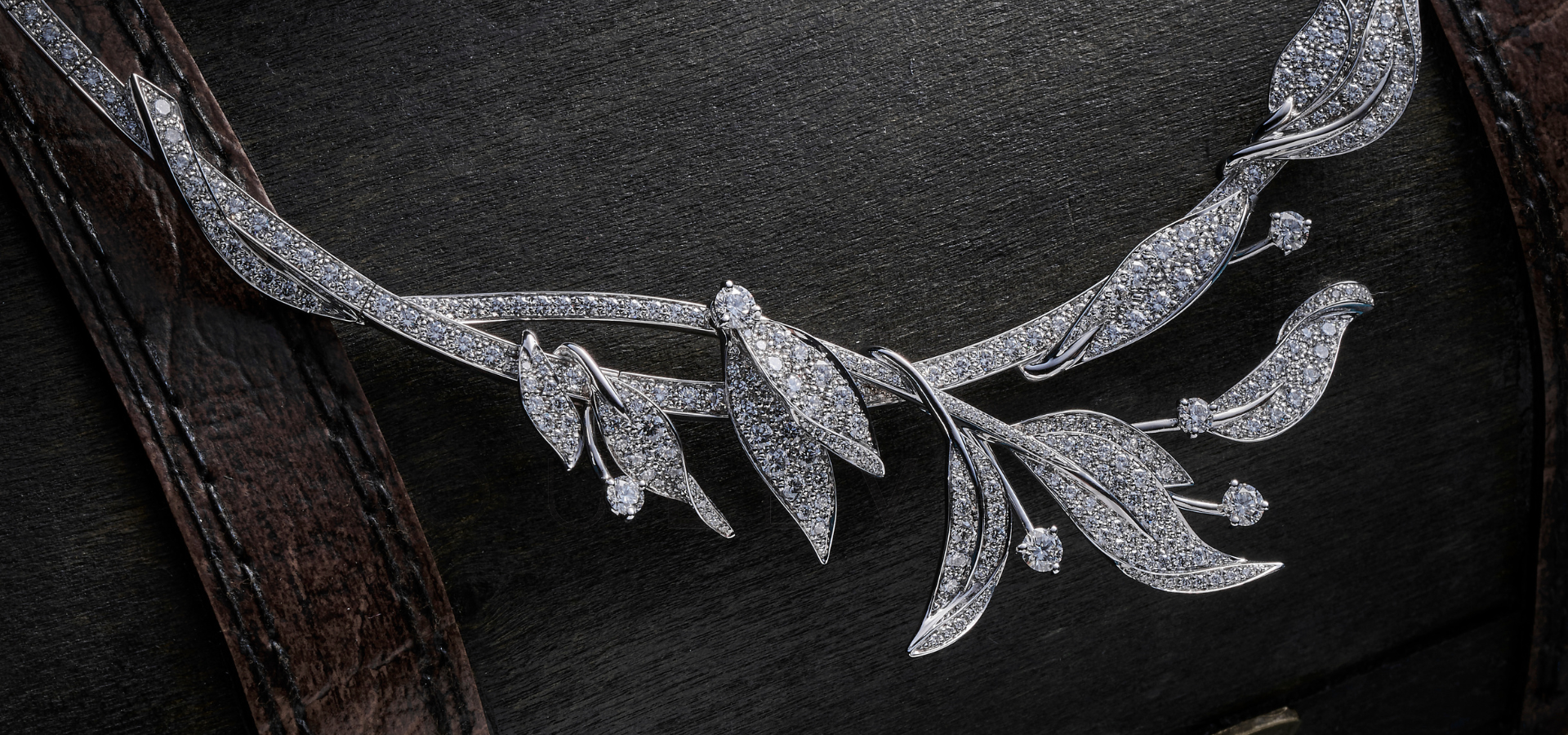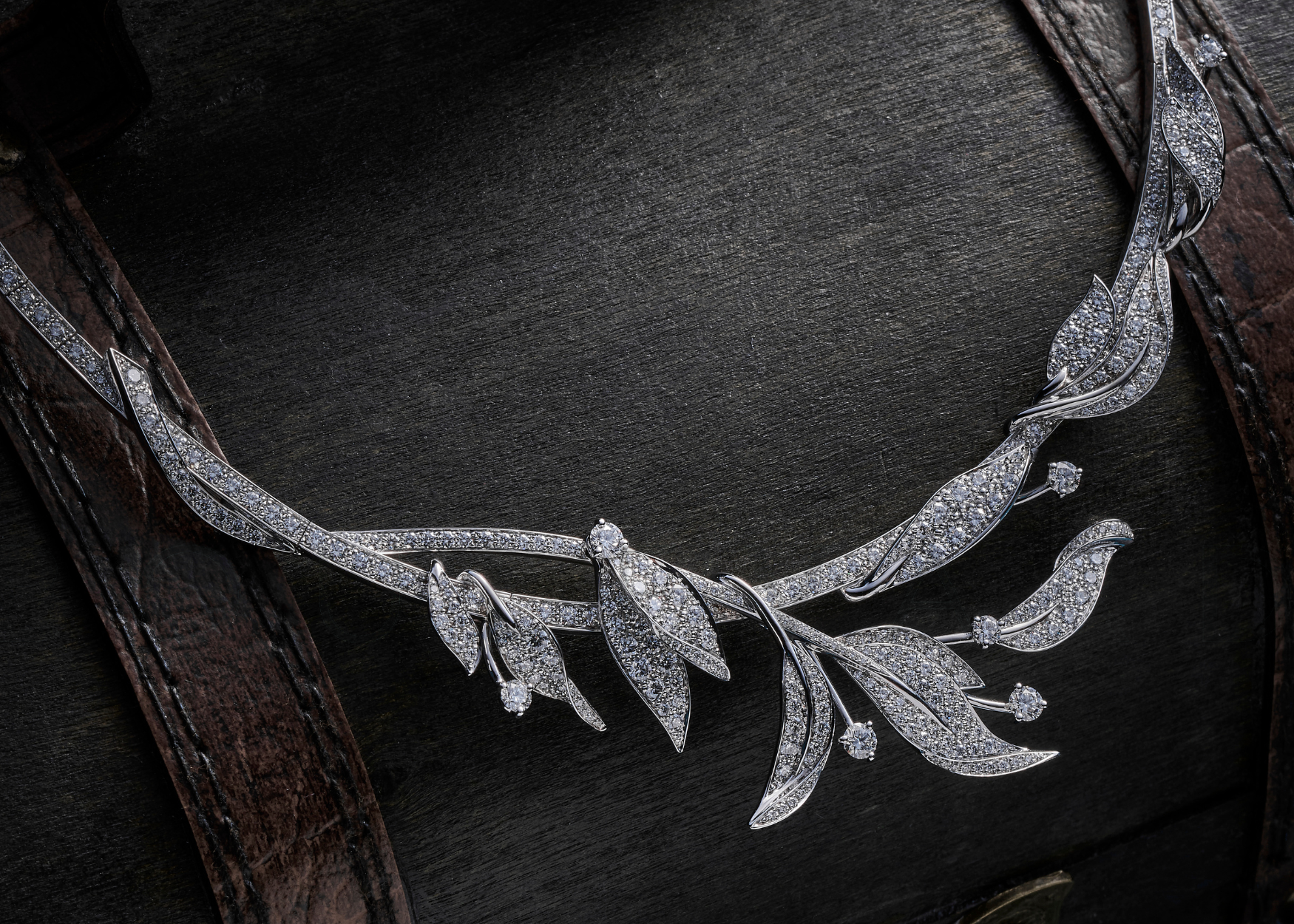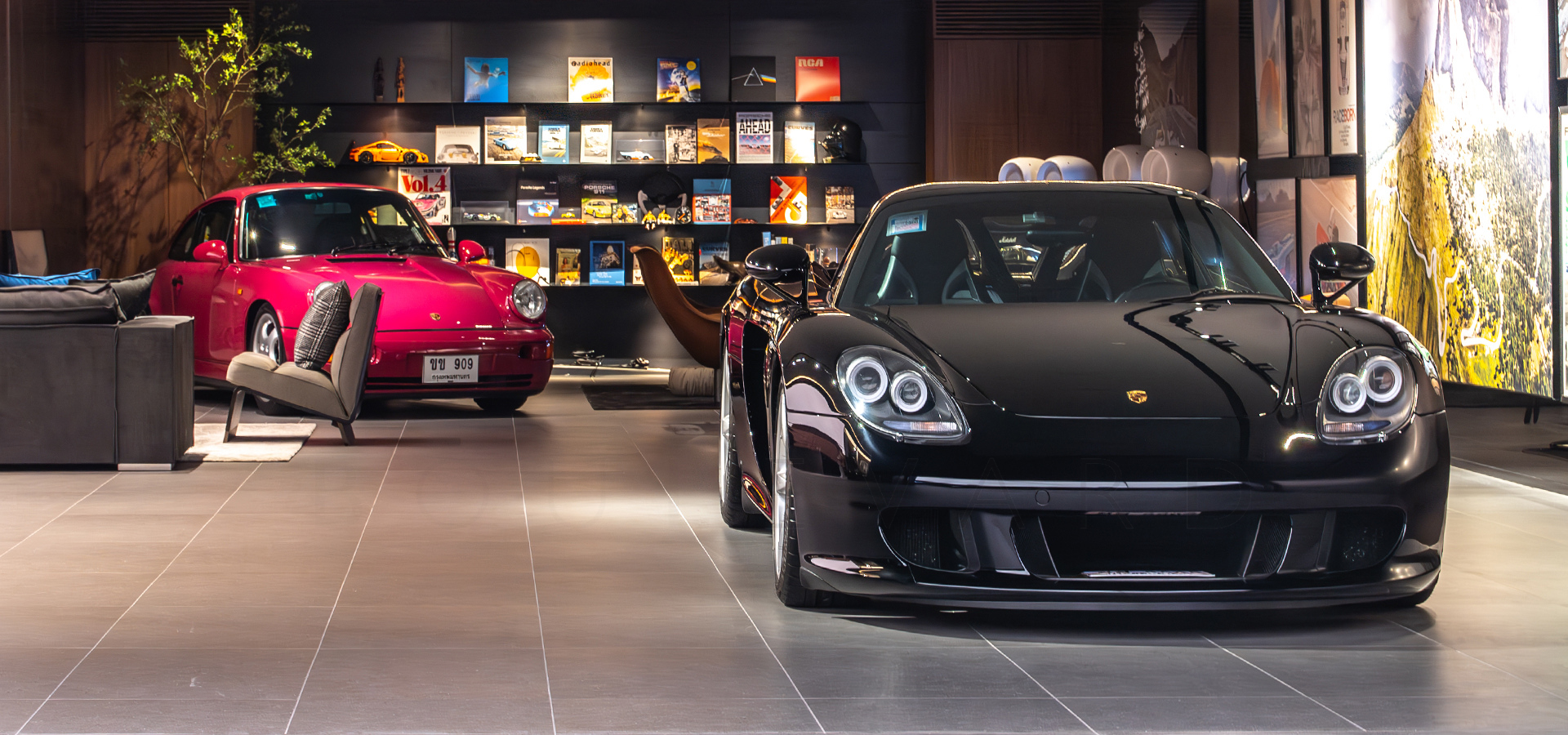From petals to panthers, why nature still mesmerises high jewellery designers
by Karishma Tulsidas
Photography by Jin Cheng Wong
Making the ephemeral eternal, jewellery designers have long turned to nature for inspiration. What makes this muse so enduring, and how do the world’s most innovative maisons keep it fresh?
Shot on location at the MO Bar, Mandarin Oriental Singapore.
The Bulgari Serpenti. The Van Cleef & Arpels Frivole. The Tiffany & Co. Bird on the Rock. These iconic motifs all have one thing in common: They were born from nature’s bounty, and they continue to mesmerise collectors, many decades later.
From twigs to thunderstorms, roses to raindrops, nature has been endlessly interpreted in jewellery, sometimes literally, sometimes allegorically, but always rich in symbolism, conveyed via a palette of precious stones and metals.
Since the days of Ancient Egypt, through the Victorian era and Art Nouveau movement, and into the modern age, designers have plumbed the depths of the wild to capture the ephemeral, a clear reminder that while trends might come and go, nature remains an eternal muse.
“Nature is timeless. It speaks to something universal—a sense of wonder, fragility, and raw beauty that transcends cultures and eras,” says Claire Choisne, creative director for Boucheron and one of the most respected names in the industry today.
The question, then, begs to be asked: Why are we so drawn to nature? And how do designers keep their inspirations and interpretations fresh and contemporary?
A voyage to the past
Through the eras, nature’s portrayal in art and culture has subtly conveyed the zeitgeist of the period. Claude Monet’s series of Water Lilies, painted between 1897 and 1926, focused on the beauty of nature in a period of upheaval surrounding the first world war. Meanwhile, Maurizio Cattelan’s Comedian—a banana taped to a wall—cheekily challenged the nature of art itself, speaking of the 21st-century irreverence towards wealth and materialism.
In jewellery, too, nature is a mirror of the mood and movement of that era. Uni Kim, jewellery specialist for the Sotheby’s auction house, says, “Naturalistic motifs have been a strong source of inspiration since antiquity, and have seen resurgences throughout the ages.”
As Kim explains, across periods such as the Renaissance and Art Deco, nature-inspired motifs have continually resurfaced—sometimes stylised, sometimes wild—each reflecting the spirit of its era.
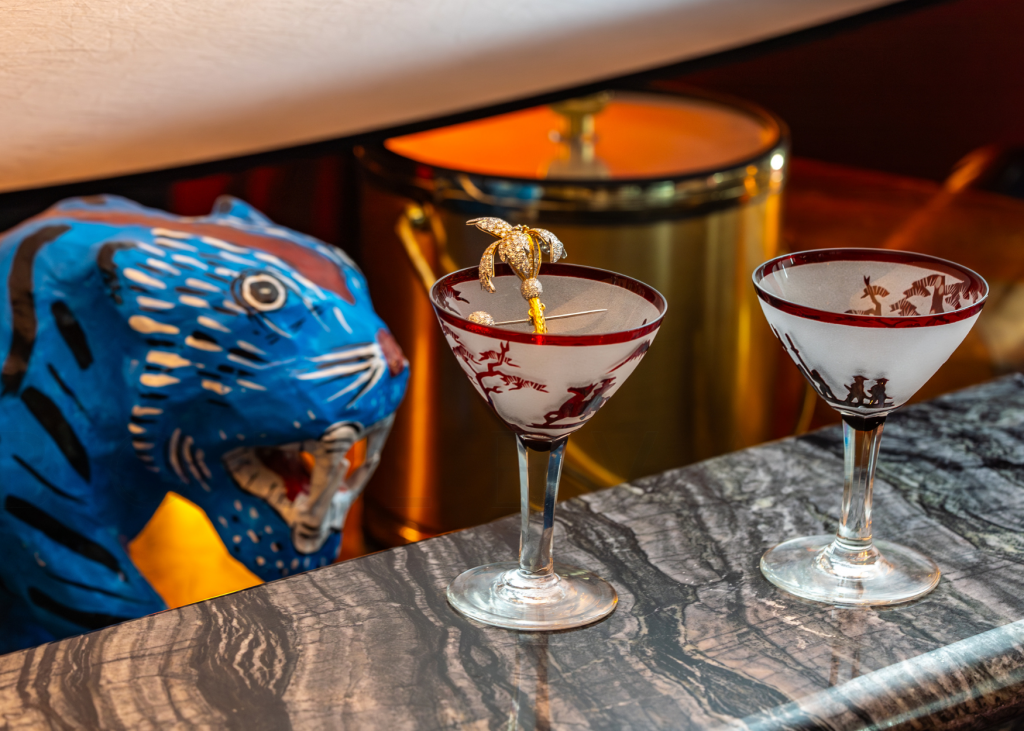
‘Orchid’ clip in 18-carat yellow gold set with diamonds, by Tiffany & Co. Top: ‘Laurier’ necklace in white gold set with diamonds, by Chaumet.
For instance, in Ancient Egypt, floral-motif jewels were worn to mark the celebration of the Birth of the Nile. In the Victorian era, flowers spoke their own secret language, signifying different emotions and intent—roses for love, English oak for strength, zinnias for everlasting friendship. Jewellery from this era mirrored those codes with a literal, heartfelt flair, conveying what words couldn’t.
The Art Nouveau period, from the 1880s to 1914, was especially evocative in its embrace of the organic and untamed. René Lalique, one of its most iconic figures, created fantastical forms—dragonflies, orchids, peacocks—with fluid lines and rich symbolism, celebrating nature’s wild unpredictability.
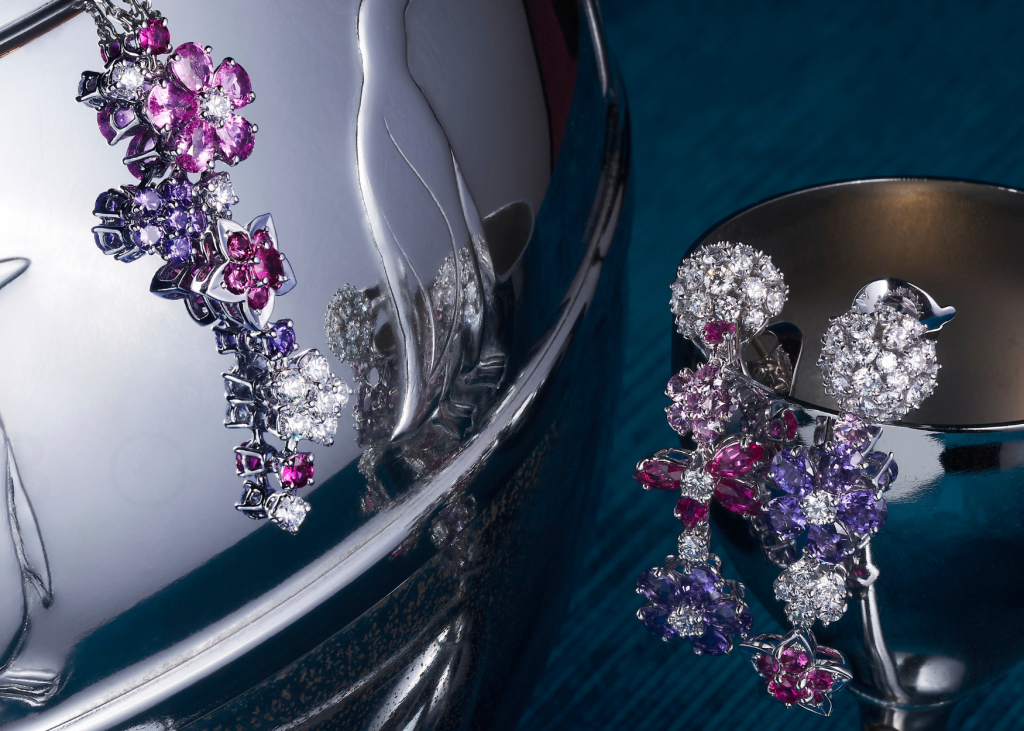
‘Folie de Prés’ necklace and earrings in white gold set with muti-coloured sapphires and diamonds, by Van Cleef & Arpels.
Choisne continues to draw from this same spirit, mining Boucheron’s archives for inspiration from founder Frédéric Boucheron (1830—1902), who was equally captivated by nature’s rawness. “Frédéric Boucheron had a vision of a living, naturalistic, and untamed nature,” she says. “What fascinated me most when I immersed myself in his nature archives was the abundance of flora and fauna represented, and his true love for nature in its untamed state. His meticulous focus on detail led him to build up a library of over 600 works, including the great scientific treatises of the 19th century, so he could study and accurately render the natural world down to its tiniest imperfections.”
Likewise, Jean Schlumberger, the legendary designer behind many of Tiffany & Co.’s most whimsical pieces, used gold as if it were silk. His orchid clips, coral branches, and sea anemones were not static objects but sculptural echoes of the period’s mood, and were poetic and organic.
Tiffany & Co.’s renewed focus on his legacy, reissuing past designs and archival drawings, is a testament to the enduring power of nature as both motif and message.
Nature, the perennial muse
Fast-forward to today, and nature continues to blossom as a source of inspiration for designers and artists. Demand, too, remains strong.
Sotheby’s Kim reveals: “Motifs that are inherently beautiful, such as flowers, butterflies, and foliage, are always sought after.
“More unique subjects (such as the Jar leek brooch) have their audience, and in Asia, animals that relate to the Chinese zodiac years are always trendy. This year is the year of the snake—hence the interest in serpents.”
Some iconic motifs remain consistently desirable, such as the Cartier Panthère and the Tiffany & Co. Bird on the Rock. In addition, says Kim, “Van Cleef & Arpels’ mystery-set peonies and bellflowers are always highly sought after.”
But clearly, the key to their longevity lies in reinvention. Says Choisne. “Nature invites freedom. It doesn’t follow rules, and that gives us, as designers, permission to explore, to play with scale, texture, and asymmetry. Nature pushes us to go beyond the ornamental and create something sensorial—realistic pieces that almost breathe, that feel alive on the skin.”
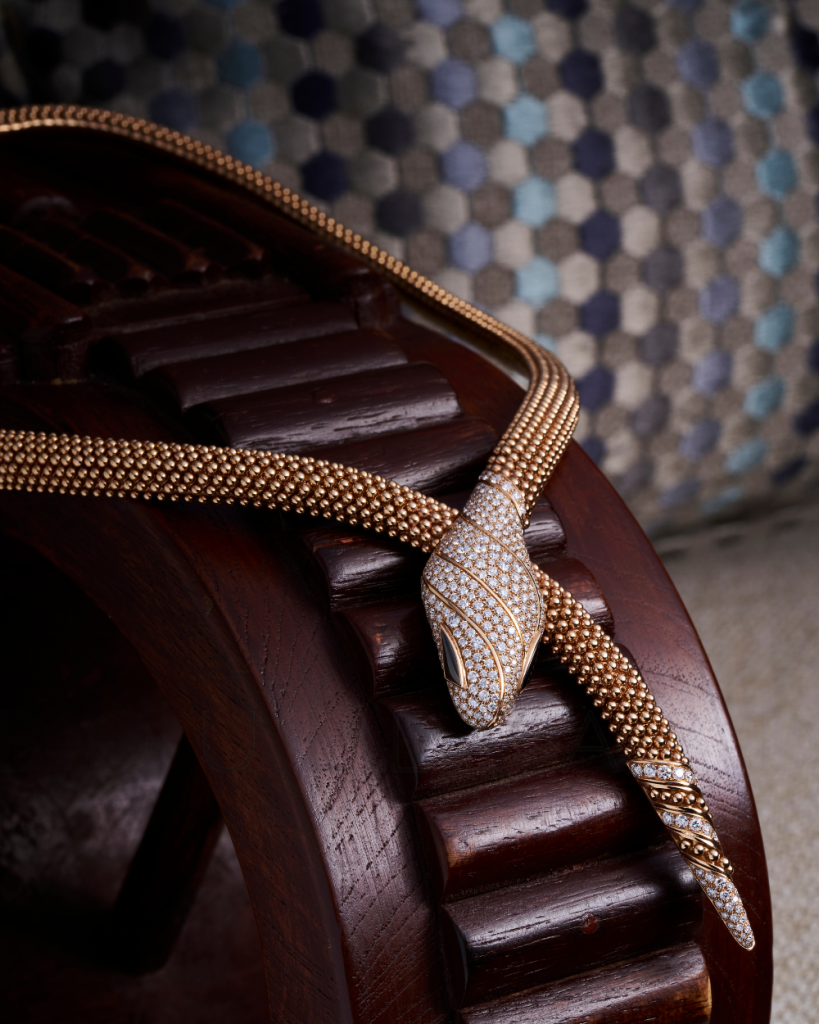
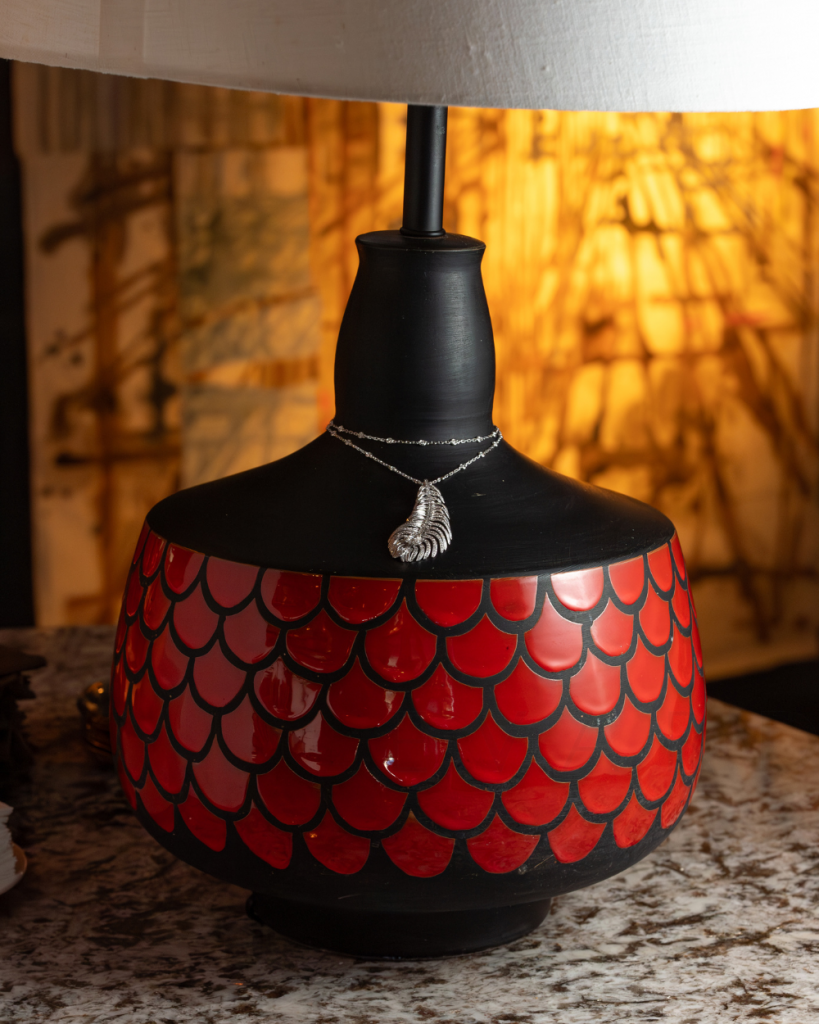
Left: ‘Serpenti’ necklace in rose gold set with diamonds and onyx, by Bulgari. Right: ‘Plume de Paon’ necklace in white gold set with diamonds, by Boucheron.
And yet, even in a world as traditional as high jewellery, innovation is booming. Chopard, for instance, uses titanium, a lightweight metal that can be coloured in endless shades, to echo nature’s palette and pair beautifully with vivid gemstones.
Adds Kim, “We see the use of porcelain, titanium, and various rare materials by Wallace Chan and Cindy Chao.”
Boucheron’s Choisne has experimented with organic materials like black sand, flower petals and wood. This means manipulating them to outlast the ephemerality of their composition. “At Boucheron, we’ve used real flower petals and black sand in our pieces. What are the creative or technical challenges of working with such ephemeral materials? What excites me about them? My approach to jewellery is poetic and bold. I want it to carry a message, share an emotion, and eternalise the ephemeral.”
It’s a powerful reminder that while the materials may change, nature, as muse, remains constant.
Go further with Boulevard’s interview with Boucheron’s Claire Choisne.
With special thanks to MO Bar, Mandarin Oriental Singapore.
Read next:
